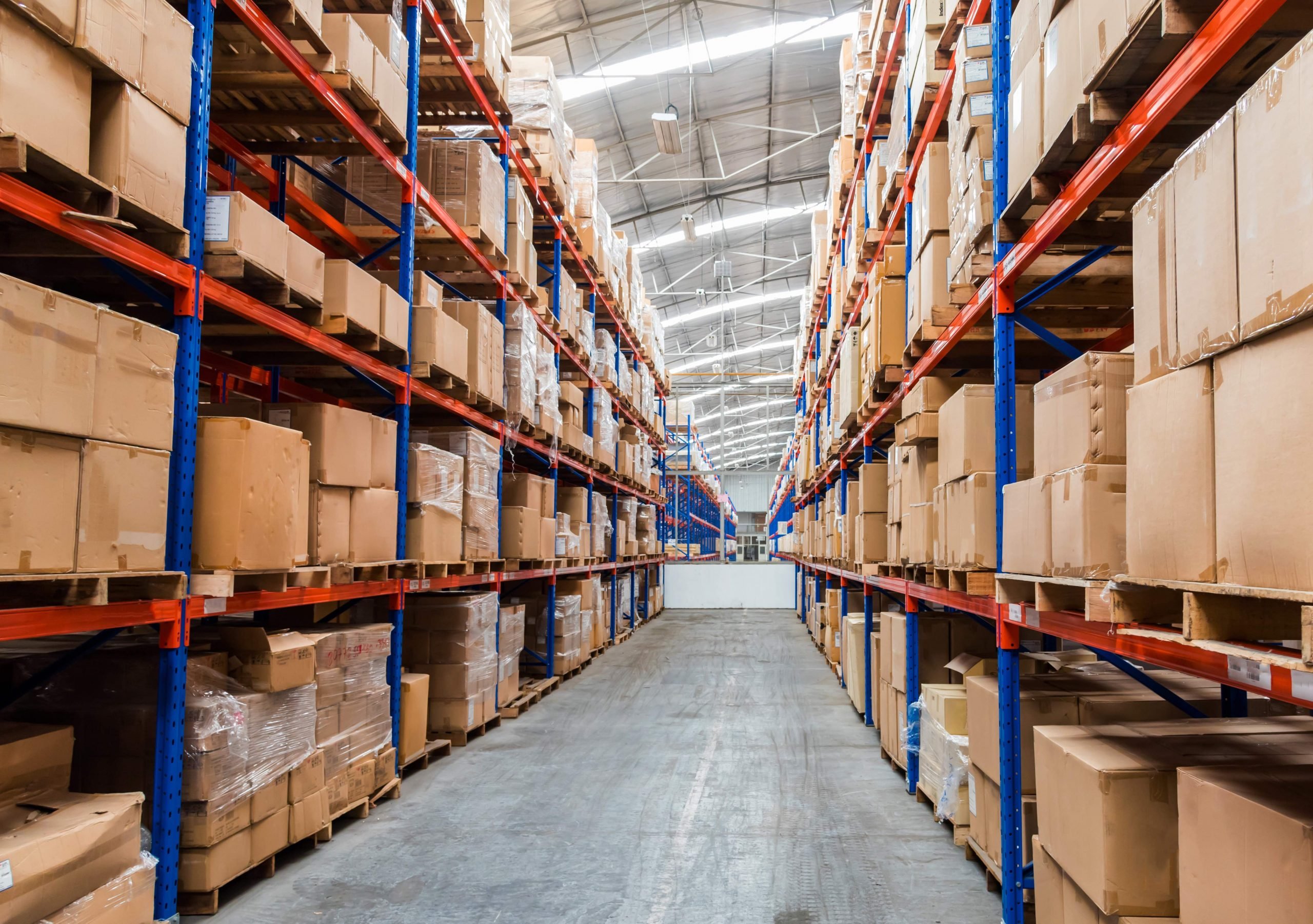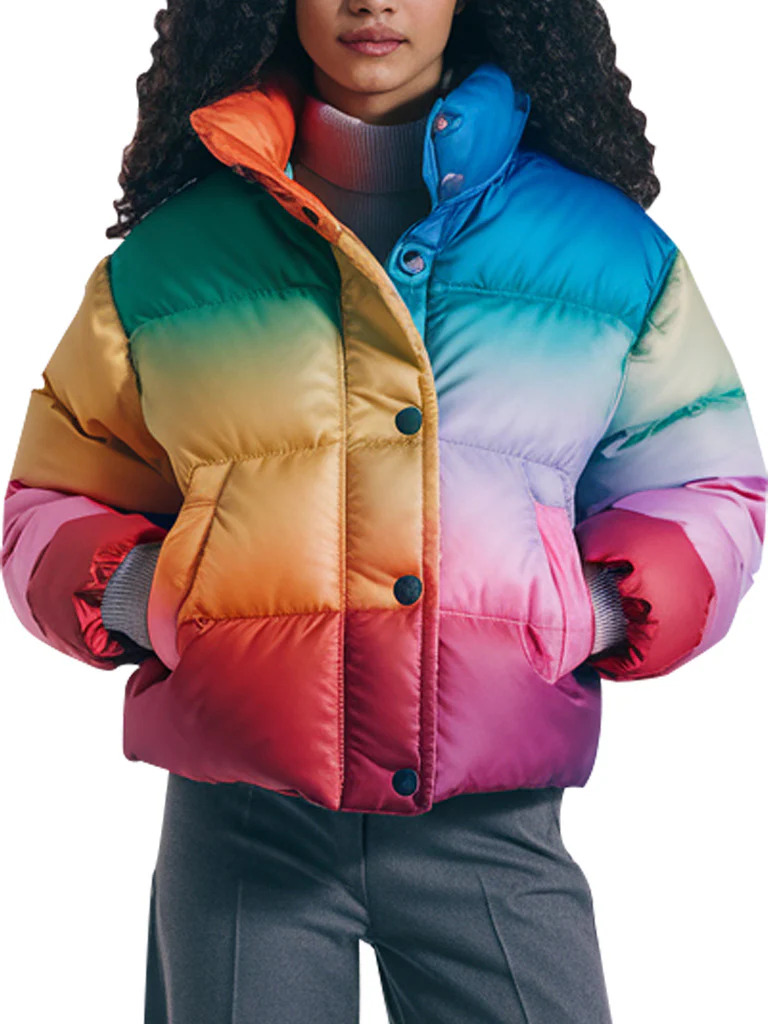In the world of construction and furniture design, multiwood has emerged as a versatile and eco-friendly alternative to traditional wood. Whether you’re building a home, designing custom furniture, or working on a commercial space, multiwood offers durability, sustainability, and aesthetic appeal. This blog post explores what multiwood is, its benefits, applications, and how it compares to traditional wood products in terms of cost and performance.
What is Multiwood?
Multiwood refers to engineered wood products that combine various wood-based materials to create a strong, durable, and versatile material. Unlike traditional solid wood, multiwood often incorporates wood fibers, particles, or veneers that are bonded together using adhesives or resins. This process results in a composite material that can mimic the appearance of solid wood while offering enhanced durability and stability.
What sets multiwood apart from other materials is its ability to be customized for a variety of uses, including furniture, flooring, paneling, and even in construction. The production of multiwood often utilizes recycled wood or sawdust, making it an environmentally friendly option compared to traditional hardwood products.
Benefits of Using Multiwood in Construction and Furniture
Environmental Benefits of Multiwood:
One of the most significant advantages of multiwood is its sustainability. Traditional wood products often require the harvesting of whole trees, contributing to deforestation. In contrast, multiwood uses wood byproducts such as sawdust, wood fibers, and other recycled materials. This helps reduce waste and lessens the demand for freshly cut timber, making multiwood a more eco-friendly alternative.
Durability and Longevity:
Multiwood products are designed to be highly durable and resistant to common issues that affect natural wood, such as warping, cracking, or splitting. Due to the nature of its composition, multiwood is often more stable and resistant to moisture and temperature fluctuations, making it an excellent choice for areas with variable climates.
Versatility in Design and Applications:
Multiwood offers a wide range of design options, from furniture to building materials. It can be made to resemble traditional wood grain or come in a variety of colors and textures. Additionally, multiwood is flexible enough to be used in both residential and commercial settings, whether for stylish home furniture or functional wall panels in offices.
How is Multiwood Made?
The creation of multiwood involves combining various wood-based materials, typically including wood chips, fibers, and sawdust, which are then bonded together with resins or adhesives. The materials undergo a pressurized process that ensures they are tightly compressed and highly durable. The result is a strong, sturdy material that is ideal for many applications.
Unlike plywood, which uses layers of wood veneers glued together, multiwood integrates different forms of wood waste and natural fibers into a uniform product. This helps optimize material usage, as leftover wood from other production processes can be repurposed into new, usable forms. The final multiwood product can then be further treated to achieve desired finishes such as wood veneers, stains, or coatings, providing a variety of aesthetic options.
Applications of Multiwood
Multiwood is highly versatile and can be used in various sectors, including construction and furniture design:
In Construction:
Multiwood is commonly used for interior applications such as paneling, flooring, and cabinetry. Due to its enhanced stability and resistance to environmental stressors, it is an excellent material for areas prone to moisture, like bathrooms or kitchens. Additionally, multiwood’s strength makes it a great choice for structural elements like doors or window frames.
In Furniture Design:
Multiwood has become increasingly popular in furniture design because it offers an affordable alternative to solid hardwood. It is widely used in creating tables, chairs, and cabinets, where it provides a similar look to traditional wood but at a lower cost. Multiwood’s ability to be molded into various shapes and sizes also allows designers to create innovative and custom furniture pieces.
Eco-friendly Applications in Commercial Spaces:
Many businesses are turning to multiwood to create stylish and sustainable office spaces. Whether used for walls, partitions, or furniture, multiwood offers an eco-friendly option for companies aiming to meet green building standards such as LEED certification.
Cost of Multiwood
The cost of multiwood can vary depending on several factors, including the quality of the materials used and the manufacturing process. In general, multiwood is more affordable than traditional solid wood because it makes use of recycled materials and the production process is more cost-effective.
- Comparison with Traditional Wood Products:
While the price of multiwood may be higher than cheaper alternatives like particleboard or MDF, it is generally more cost-effective than using solid hardwood. The durability and longevity of multiwood make it a worthwhile investment, especially for commercial applications where the cost of replacing furniture or panels can add up over time. - Factors Influencing Cost:
Several factors influence the price of multiwood, including the type of wood used, the size and thickness of the product, and the complexity of the design. Custom multiwood products with unique finishes or textures may also come at a premium.
Why Multiwood is Cost-Effective:
Given its durability, ease of maintenance, and eco-friendly attributes, multiwood offers long-term cost savings over traditional wood. It is particularly advantageous in large-scale commercial projects where large quantities of material are required.
Choosing the Right Multiwood for Your Project
When selecting multiwood for your project, consider the following:
Texture and Finish:
Determine whether you want a smooth finish or a more textured look, such as wood grain or a glossy surface. Multiwood can be customized to fit your specific design requirements.
Durability and Strength:
Ensure that the multiwood product you choose is appropriate for the intended application. For structural uses, you may need a higher-strength version of multiwood, while aesthetic applications can use lighter variants.
Professional Services vs. DIY:
While some DIY enthusiasts may choose to use multiwood for small furniture projects, larger applications such as paneling or flooring often require professional installation to ensure optimal performance.
Certifications and Quality Assurance:
Look for multiwood products with certifications, such as FSC or other green certifications, to ensure that the product is environmentally responsible and high-quality.
Conclusion
Multiwood is rapidly becoming a preferred choice in construction and furniture design due to its sustainability, versatility, and affordability. Whether you’re building a new home, redesigning your office, or creating custom furniture, multiwood offers a practical and eco-friendly solution that doesn’t compromise on quality. With its ability to replicate the beauty of traditional wood while using recycled materials, multiwood is paving the way for more sustainable building practices and design choices.
FAQs
- What is multiwood made from?
Multiwood is made from various wood-based materials, such as sawdust, fibers, and wood chips, which are bonded together with adhesives or resins. - Is multiwood environmentally friendly?
Yes, multiwood is made from recycled wood materials, making it a more sustainable and eco-friendly alternative to traditional wood products. - Can multiwood be used for outdoor furniture?
Multiwood is generally designed for indoor use, but with the right coatings and treatment, it can be used for some outdoor applications. - How do I maintain multiwood furniture?
Multiwood furniture is easy to maintain—simply clean it with a damp cloth and avoid harsh chemicals to preserve the finish. - Is multiwood more durable than traditional wood?
Yes, multiwood is designed to be more durable and resistant to warping, cracking, and moisture compared to traditional wood.





